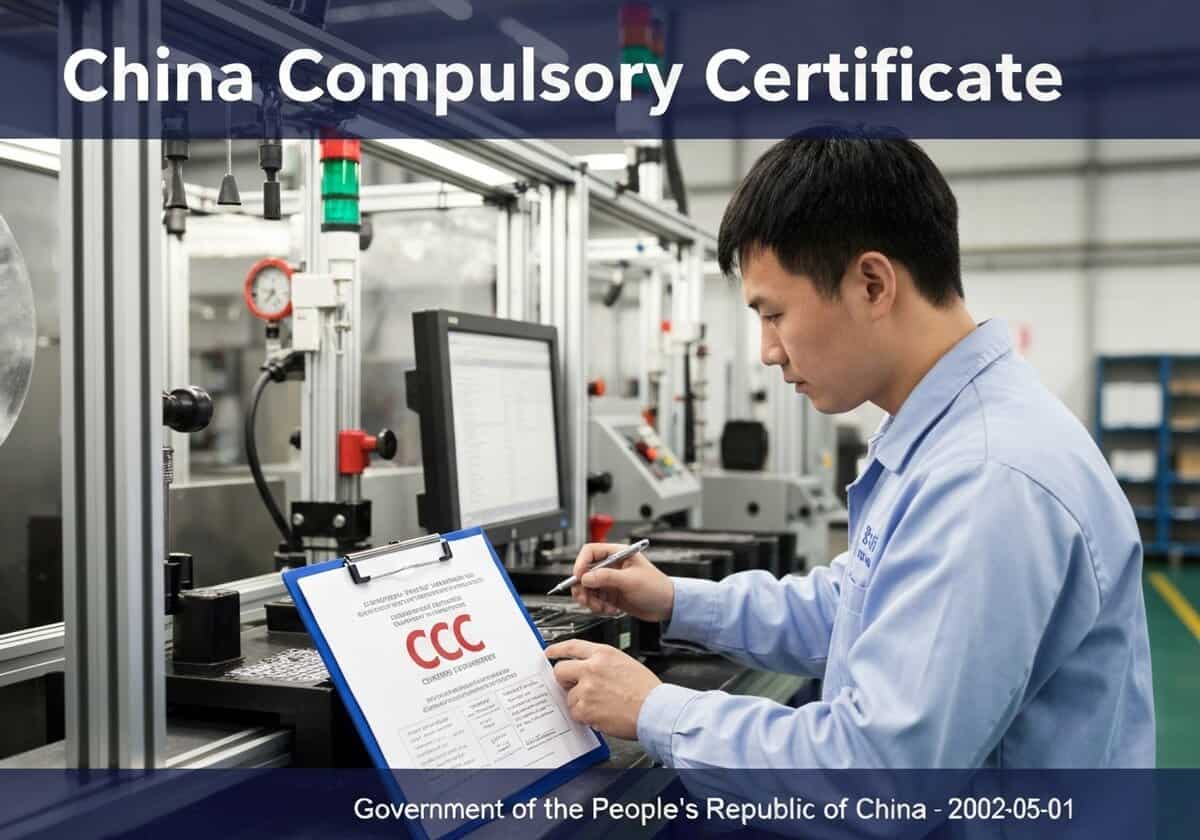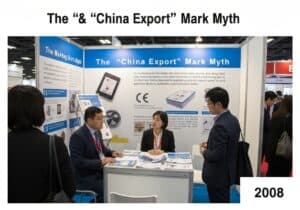The China Compulsory Certificate (CCC) is a mandatory safety and quality mark for products sold in the Chinese market. Implemented on May 1, 2002, it unified China’s two previous compulsory inspection systems: the China Commission for Conformity Certification of Electrical Equipment (CCEE) and the China Commodity Inspection Bureau (CCIB). This integration created a single, streamlined procedure for both domestic and imported products.

























